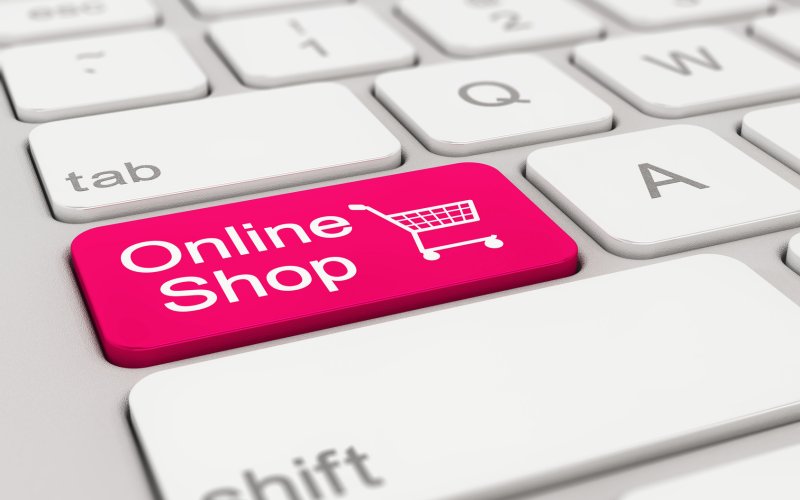WooCommerce 4.6 was released today. The minor release dropped during WooSesh, a global, virtual conference dedicated to WooCommerce and e-commerce topics. It features the new home screen as the default for all stores. Previously, the screen was only the default on new stores. Existing store owners had to turn the feature on in the settings.

The updated home screen, originally introduced in version 4.3, helps store admins see activity across the site at a glance and includes an inbox, quick access to store management links, and an overview of stats on sales, orders, and visitors. This redesigned virtual command center arrives not a moment too soon, as anything that makes order management more efficient is a welcome improvement, due to the sheer volume of sales increases that store owners have seen over the past eight months.
In stark contrast to industries like hospitality and entertainment that have proven to be more vulnerable during the pandemic, e-commerce has seen explosive growth. During the State of the Woo address at WooSesh 2020, the WooCommerce team shared that e-commerce is currently estimated to be a $4 trillion market that will grow to $4.5 trillion by 2021. WooCommerce accounts for a sizable chunk of that market with an estimated total payment volume for 2020 projected to reach $20.6 billion, a 74% increase compared to 2019.
The WooCommerce community is on the forefront of that growth and is deeply invested in the products that are driving stores’ success. The WooCommerce team shared that 75% of people who build extensions also build and maintain stores for merchants, and 70% of those who build stores for merchants also build and maintain extensions or plugins. In 2021, they plan to invest heavily in unlocking more features in more countries and will make WooCommerce Payments the native payment method for the global platform.
A new report from eMarketer shows that US e-commerce growth has jumped 32.4%, accelerating the online shopping shift by nearly two years. Experts also predict the top 10 e-commerce players will swallow up more of US retail spending to account for 63.2% of all online sales this year, up from 57.9% in 2019.
The increase in e-commerce spending may not be entirely tied to the pandemic, as some experts believe this historic time will mark permanent changes in consumer spending habits. This is where independent stores, powered by WooCommerce and other technologies, have the opportunity to establish a strong reputation for themselves by providing quality products and reliable service, as well as by being more nimble in the face of pandemic-driven increases in volume.



